How to tile a bathroom wall for beginners? Tiling a bathroom wall can seem like a daunting task for beginners, but with the right tools, materials, and guidance, it’s a project that anyone can tackle. Whether you’re looking to update the look of your bathroom or simply add a splash of color and texture, tiling is a great way to enhance the aesthetic appeal and functionality of the space. In this comprehensive guide, we’ll walk you through the step-by-step process of tiling a bathroom wall, from preparation and planning to installation and finishing touches.
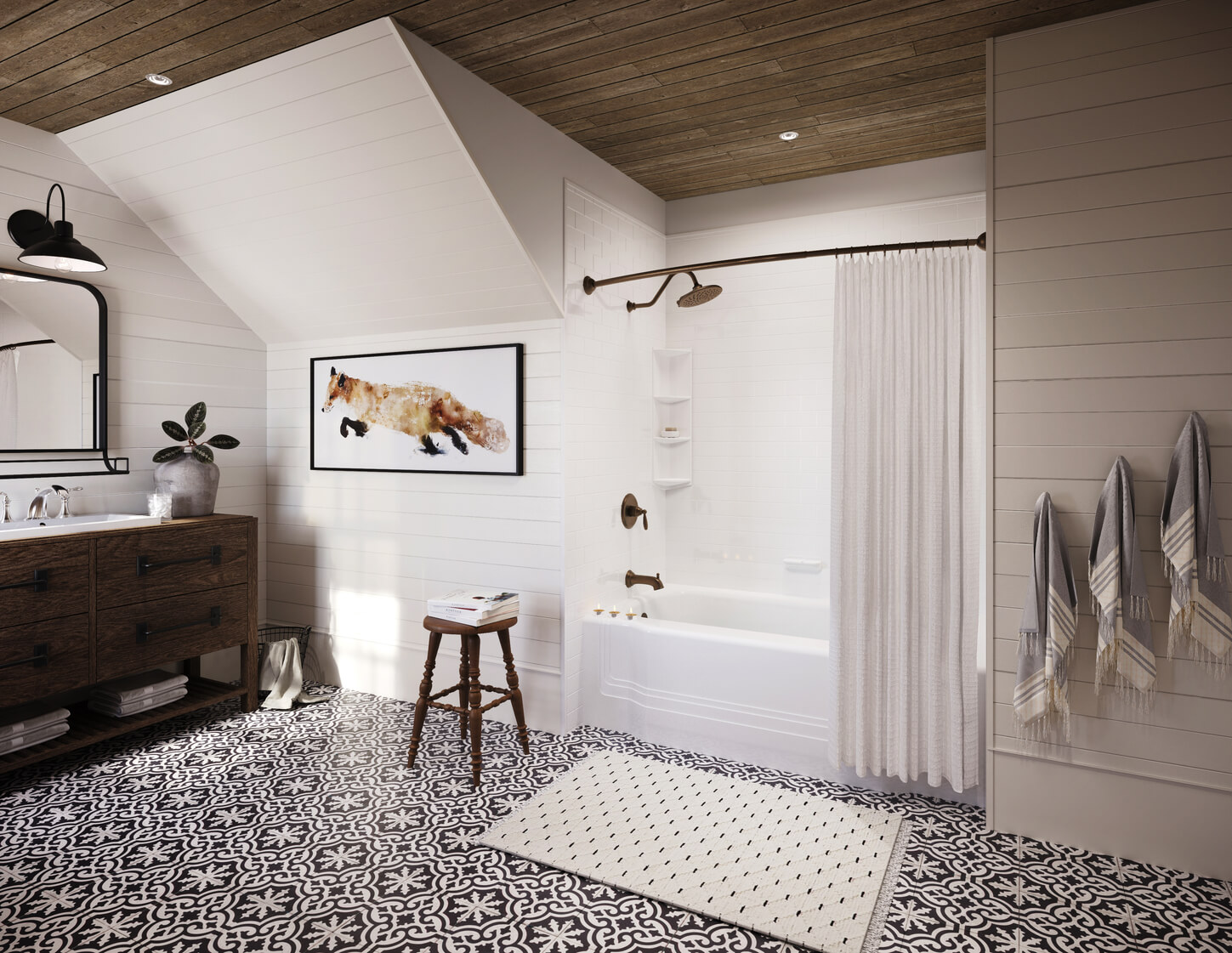
Preparation and Planning
Before you begin tiling, it’s essential to properly prepare the surface of the bathroom wall and plan out your project. Here are some steps to follow:
- Gather Your Materials: Start by gathering all the necessary materials and tools for the job. This includes tiles, adhesive, grout, spacers, a tile cutter, a trowel, a spirit level, a measuring tape, and safety gear such as gloves and goggles.
- Prepare the Surface: Ensure that the wall surface is clean, dry, and free of any dust, grease, or debris. If necessary, use a mild detergent and water to clean the wall thoroughly. Repair any cracks or holes in the wall and allow them to dry completely before proceeding.
- Plan Your Layout: Before you start tiling, plan out the layout of your tiles to ensure a symmetrical and aesthetically pleasing design. Use a pencil and a spirit level to mark reference lines on the wall, indicating where the tiles will be placed.
- Calculate Tile Quantity: Measure the height and width of the wall to determine how many tiles you’ll need for the project. It’s always a good idea to purchase extra tiles to account for any mistakes or breakages during installation.
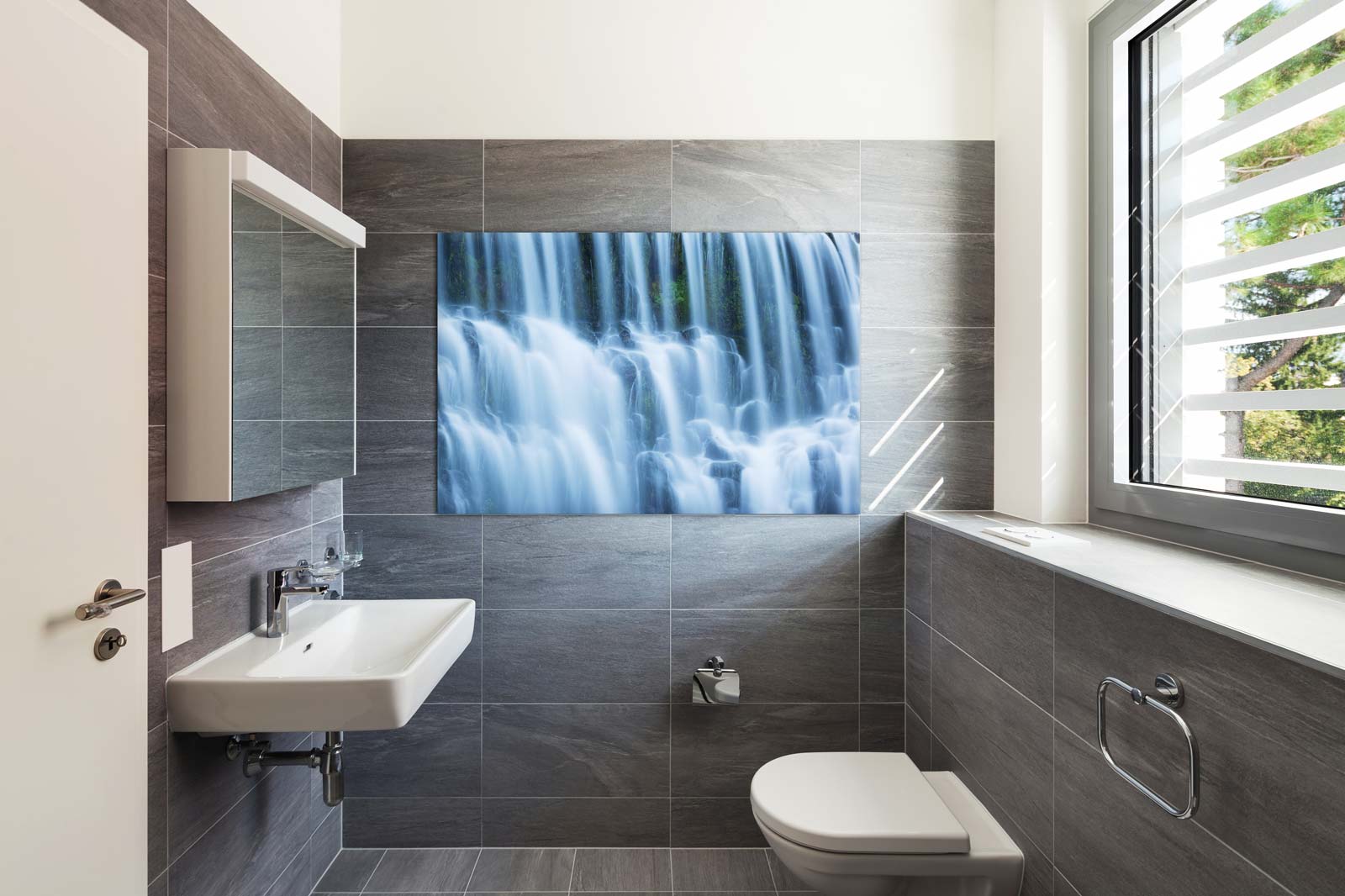
Installation
Once you’ve completed the preparation and planning stage, you’re ready to start tiling the bathroom wall. Follow these steps for a successful installation:
- Apply Adhesive: Using a notched trowel, spread tile adhesive evenly onto the wall surface, working in small sections at a time. Be sure to spread the adhesive in a consistent thickness to ensure proper adhesion.
- Place Tiles: Carefully place each tile onto the adhesive, pressing firmly to ensure good contact. Use tile spacers to maintain consistent spacing between tiles and create uniform grout lines. Check periodically with a spirit level to ensure that the tiles are level and straight.
- Cut Tiles: If necessary, use a tile cutter to cut tiles to fit around obstacles such as outlets, pipes, or corners. Measure carefully and use a straight edge as a guide to ensure clean, precise cuts.
- Allow Adhesive to Dry: Once all the tiles are in place, allow the adhesive to dry completely according to the manufacturer’s instructions. This typically takes 24-48 hours, depending on the type of adhesive used and the environmental conditions.
- Grout the Tiles: After the adhesive has dried, it’s time to grout the tiles. Mix the grout according to the manufacturer’s instructions and apply it to the tiles using a grout float, working it into the joints at a 45-degree angle.
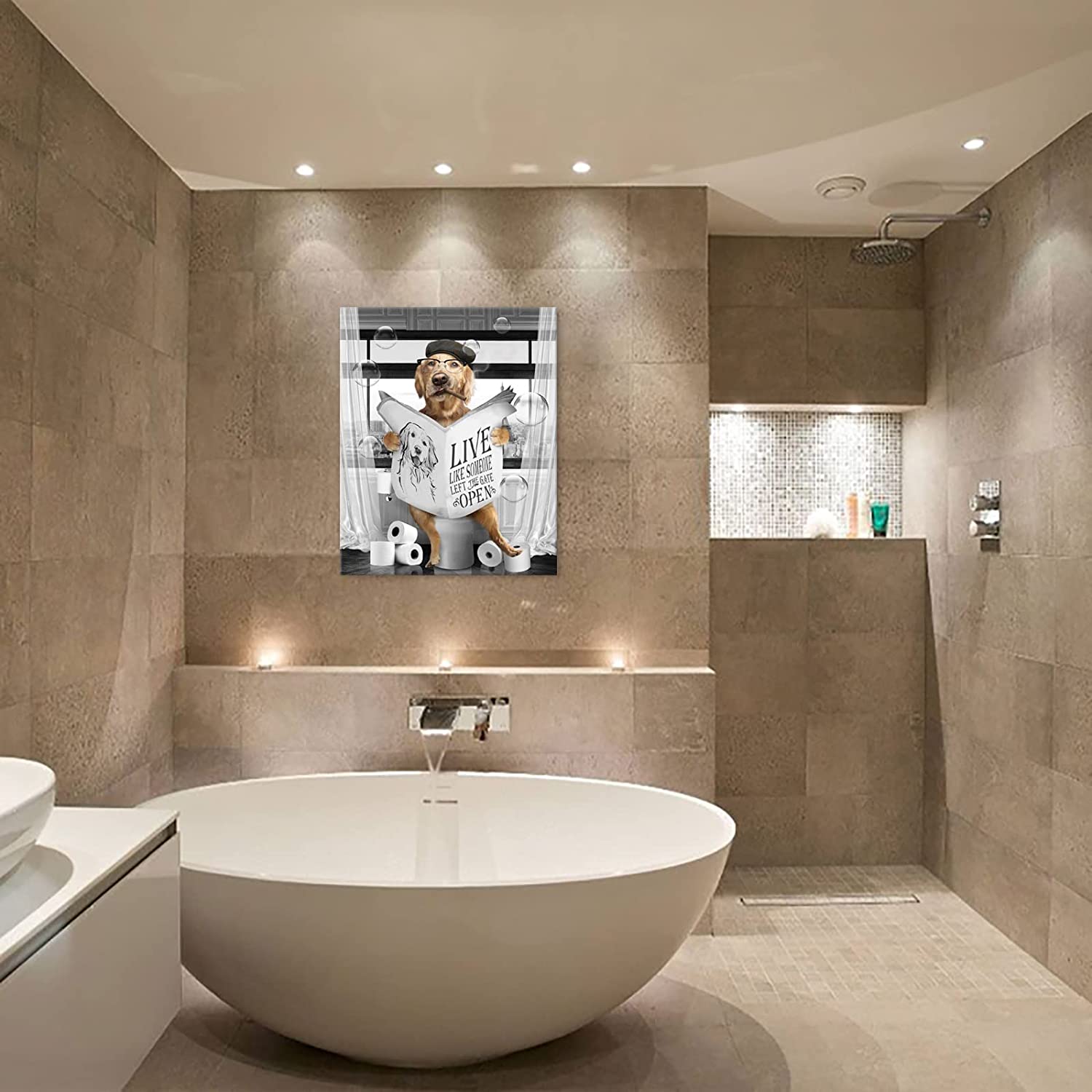
Finishing Touches
With the tiles installed and grouted, it’s time to add the finishing touches to complete the look of your bathroom half wall tile:
- Seal Grout: Once the grout has fully cured, apply a grout sealer to protect it from moisture and stains. Use a small brush or roller to apply the sealer evenly, working it into the grout lines.
- Reattach Fixtures: Reattach any fixtures or hardware that were removed during the tiling process, such as towel bars, toilet paper holders, and shower shelves. Use a screwdriver or drill to securely fasten them to the wall.
- Apply Caulk: Finally, apply a bead of silicone caulk along the edges and corners of the tiled wall to seal any gaps and prevent water damage. Smooth the caulk with a damp finger or caulk tool for a clean, professional finish.
The role of bathroom tiles
Bathroom tiles are not merely decorative elements; they serve essential functions in both aesthetic appeal and practicality within a bathroom space. From providing water resistance to enhancing visual appeal, bathroom tiles play a crucial role in shaping the ambiance and functionality of one of the most frequently used areas in any home.
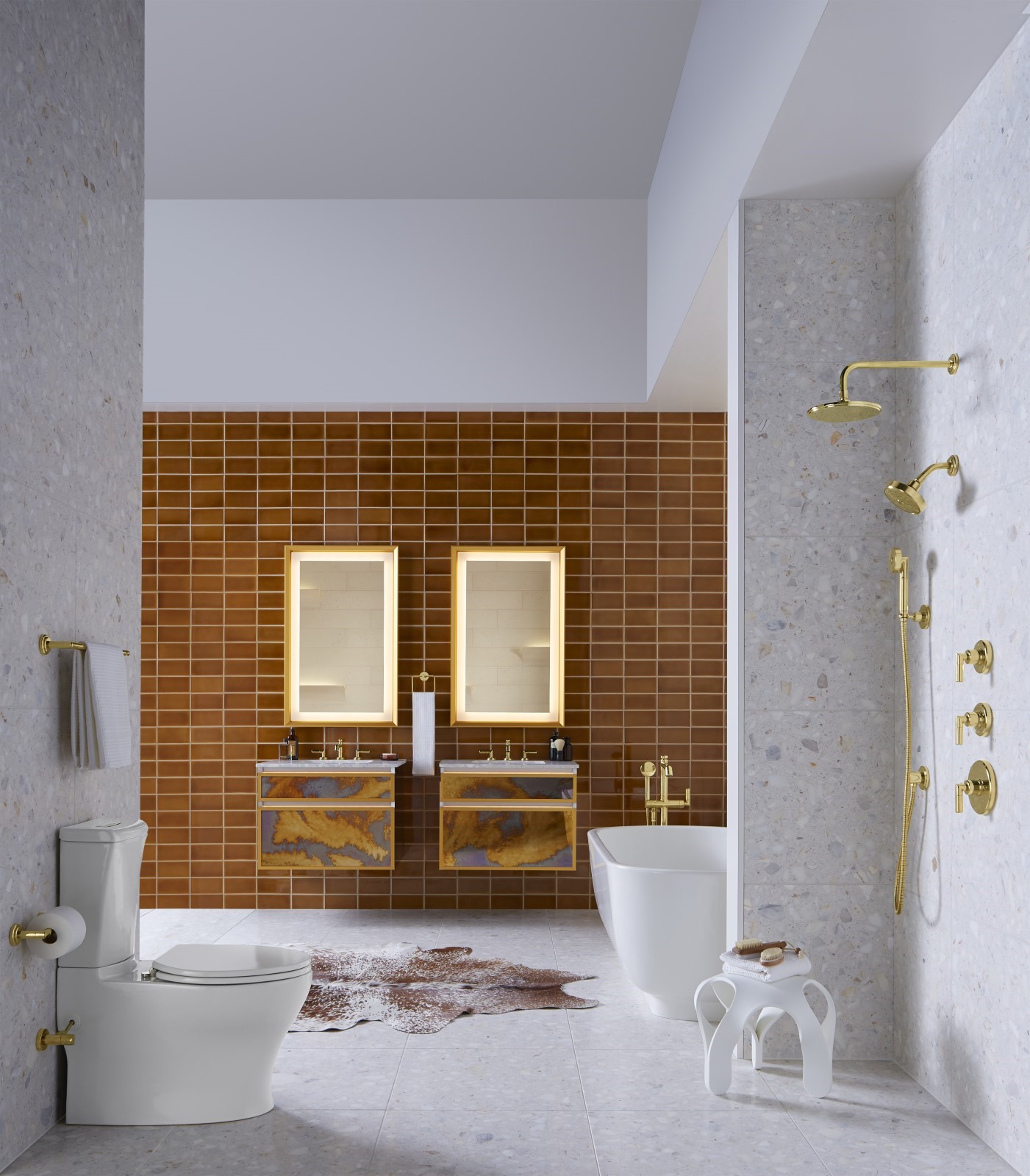
Functionality of Bathroom Tiles
- Water Resistance: One of the primary functions of bathroom tiles is to provide a waterproof barrier against moisture. Bathrooms are inherently humid spaces, prone to frequent exposure to water from showers, baths, and sinks. Tiles, with their non-porous nature, effectively repel water, preventing it from seeping into the walls and floors and causing damage such as mold, mildew, and rot.
- Durability: Bathroom tiles are renowned for their durability and longevity. Unlike other wall and floor coverings, such as wallpaper or laminate, tiles are highly resistant to wear and tear. They can withstand the rigors of daily use, including foot traffic, cleaning agents, and moisture exposure, without deteriorating or losing their aesthetic appeal.
- Easy Maintenance: Maintaining cleanliness in the small bathroom is essential for hygiene and health. Tiles offer ease of maintenance, as their smooth surfaces can be effortlessly wiped clean with a damp cloth or mild cleaning solution. Unlike porous materials that harbor bacteria and stains, tiles provide a hygienic surface that is resistant to microbial growth and discoloration.
Aesthetic Importance of Bathroom Tiles
- Enhanced Visual Appeal: Beyond their functional attributes, bathroom tiles play a pivotal role in enhancing the visual appeal of the space. They serve as a versatile design element that can elevate the overall aesthetic of the bathroom, transforming it from a mundane functional area into a stylish retreat.
- Design Flexibility: Tiles offer unparalleled design flexibility, allowing homeowners to unleash their creativity and personalize their bathrooms according to their tastes and preferences. Whether you opt for a minimalist monochromatic scheme, a bold geometric pattern, or a soothing natural palette, tiles provide endless design possibilities for achieving the desired aesthetic effect.
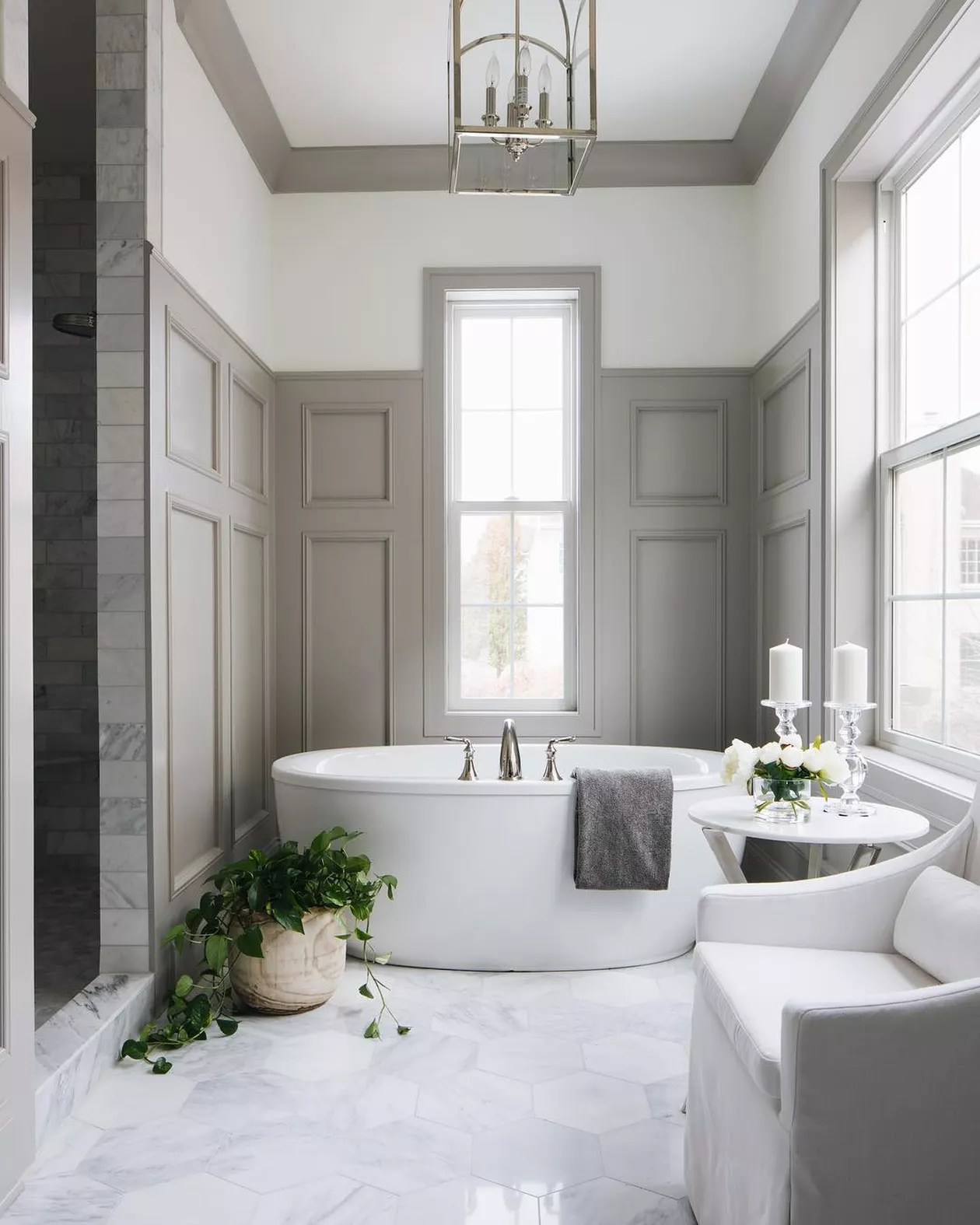
Conclusion
Tiling a bathroom wall may seem like a daunting task at first, but with the right preparation, planning, and technique, it’s a project that anyone can successfully accomplish. By following the steps outlined in this guide, you’ll be able to transform your bathroom into a beautiful and functional space with professional-looking tiled walls that will stand the test of time. Whether you’re a seasoned DIY enthusiast or a complete beginner, tiling is a rewarding home improvement project that will add value and style to your home for years to come.
